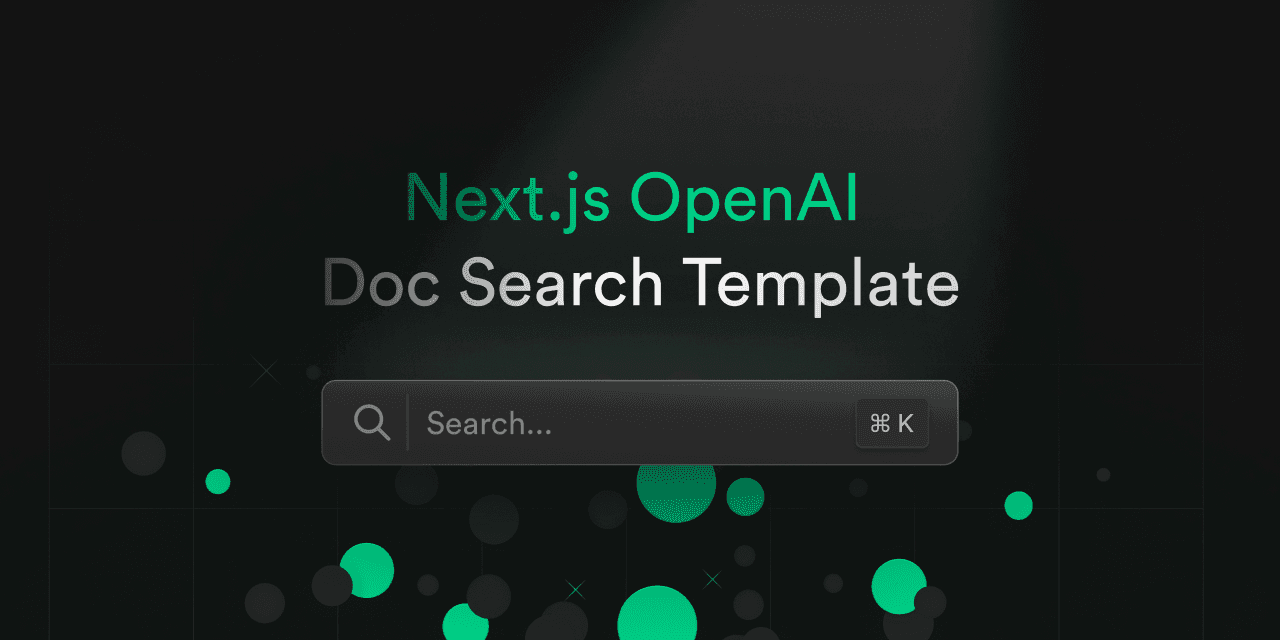
Next.js OpenAI Doc Search Starter
This starter takes all the .mdx files in the pages directory and processes them to use as custom context within OpenAI Text Completion prompts.

This starter takes all the .mdx files in the pages directory and processes them to use as custom context within OpenAI Text Completion prompts.